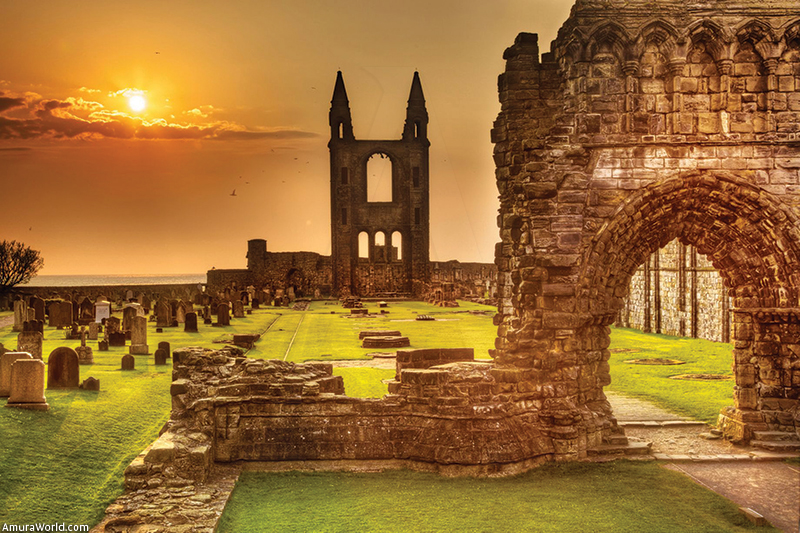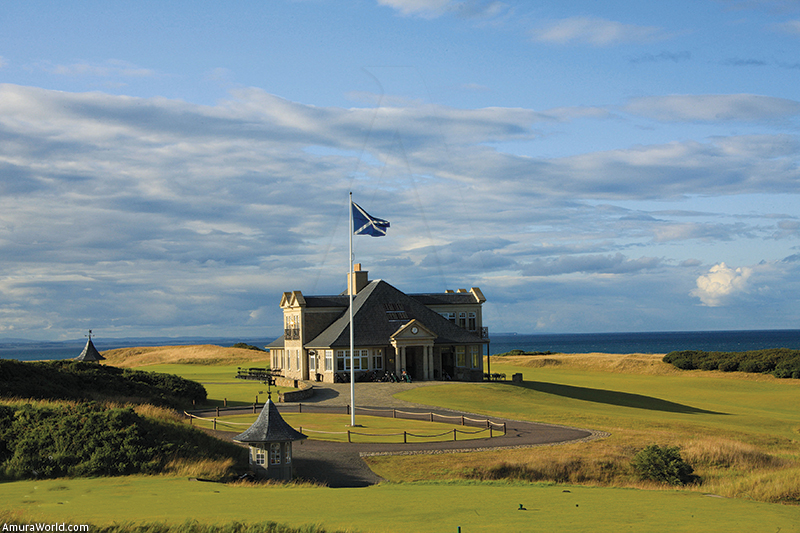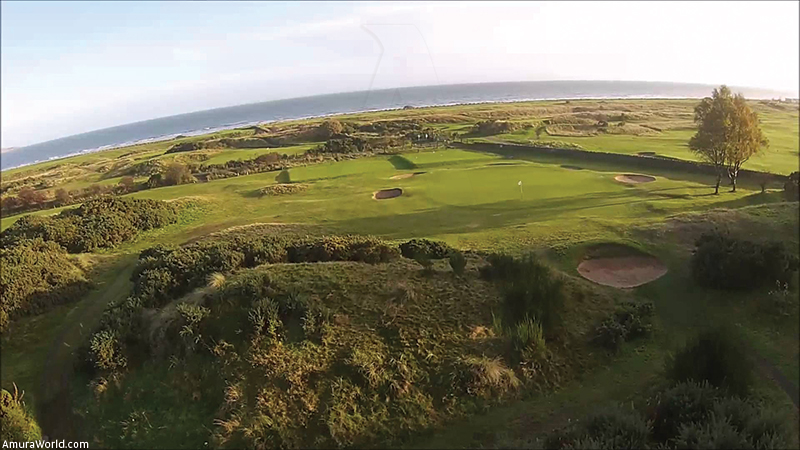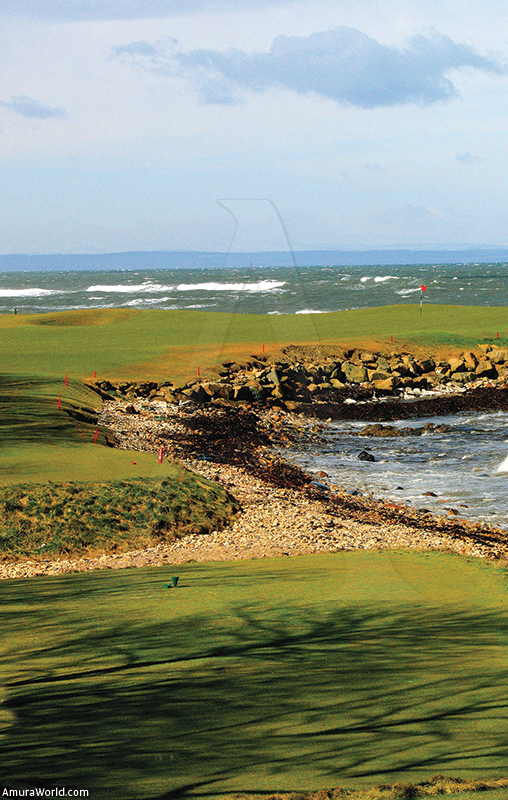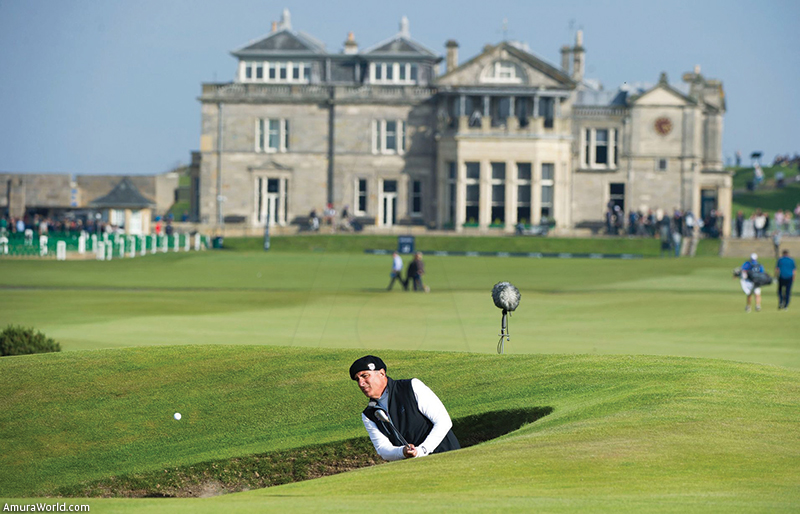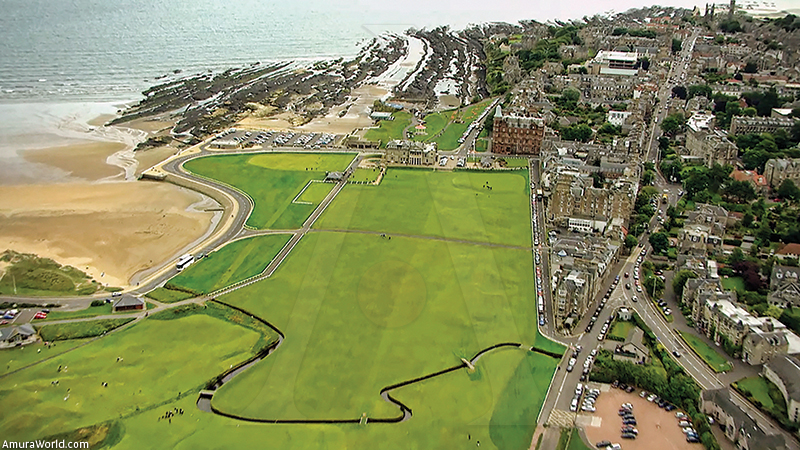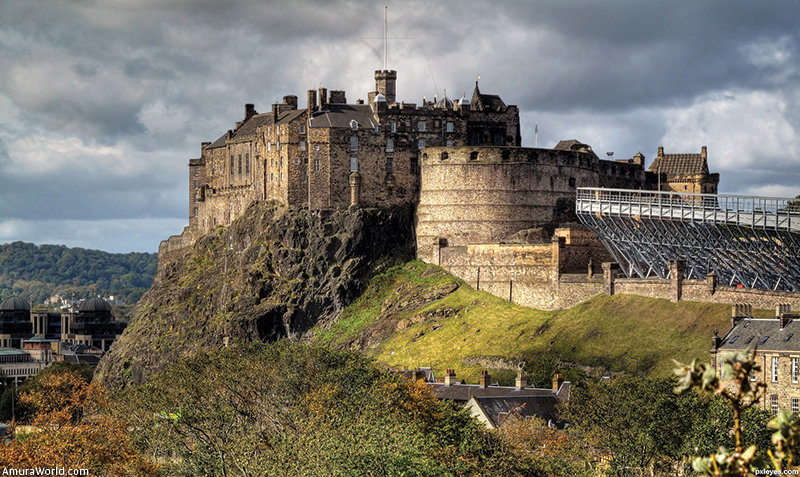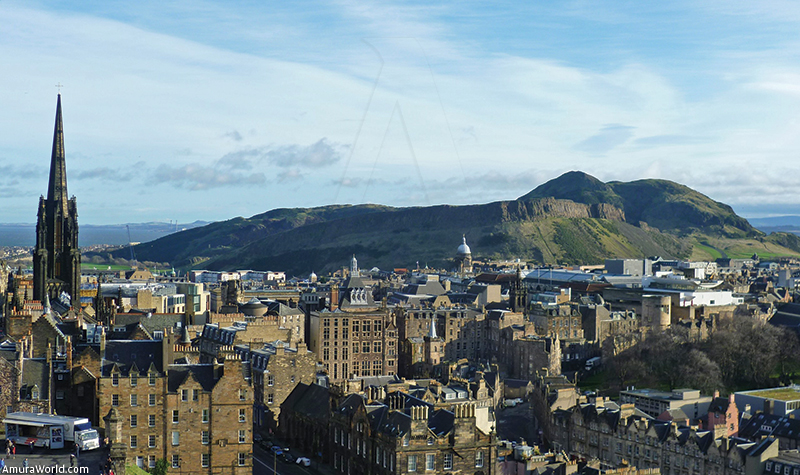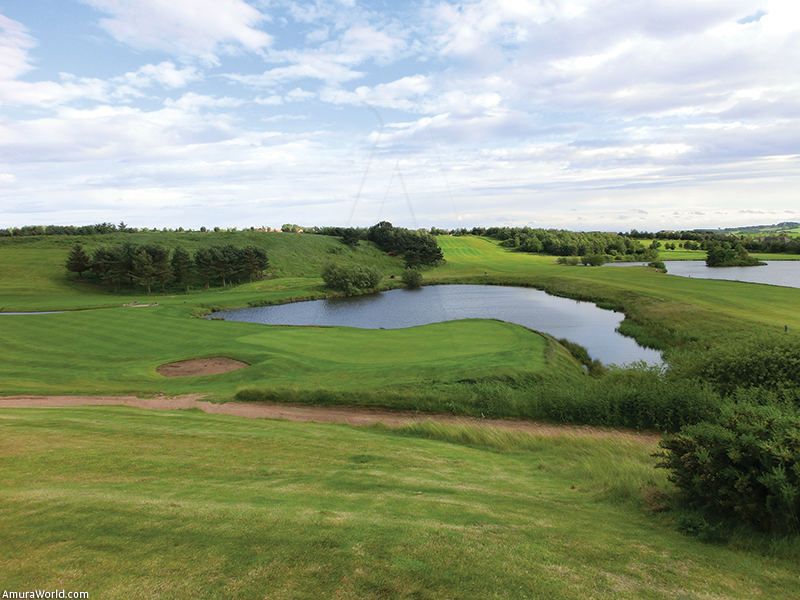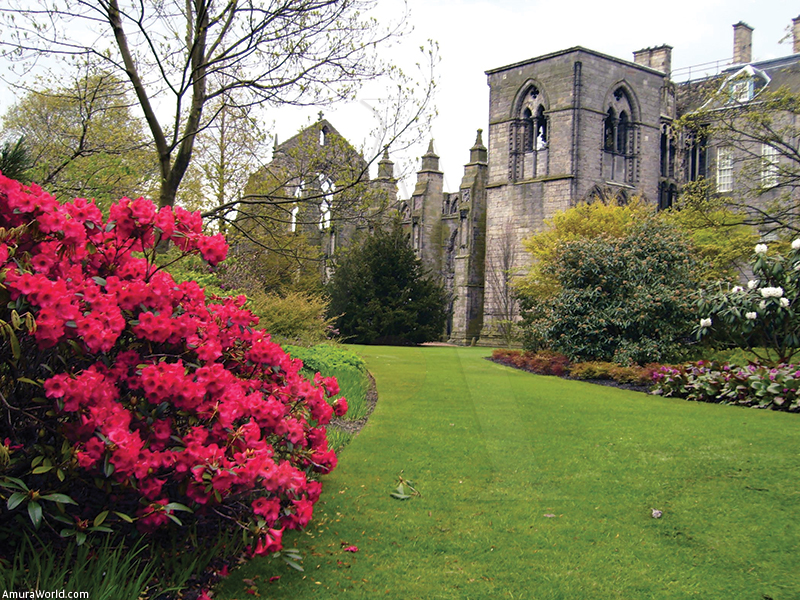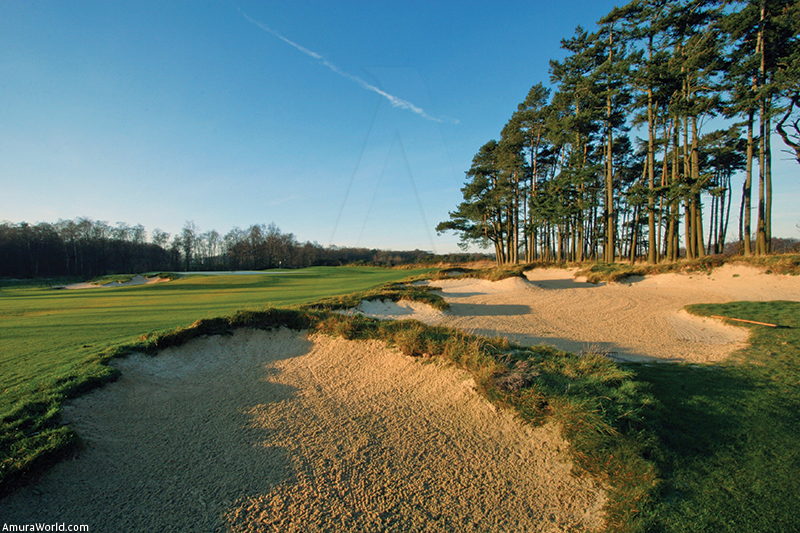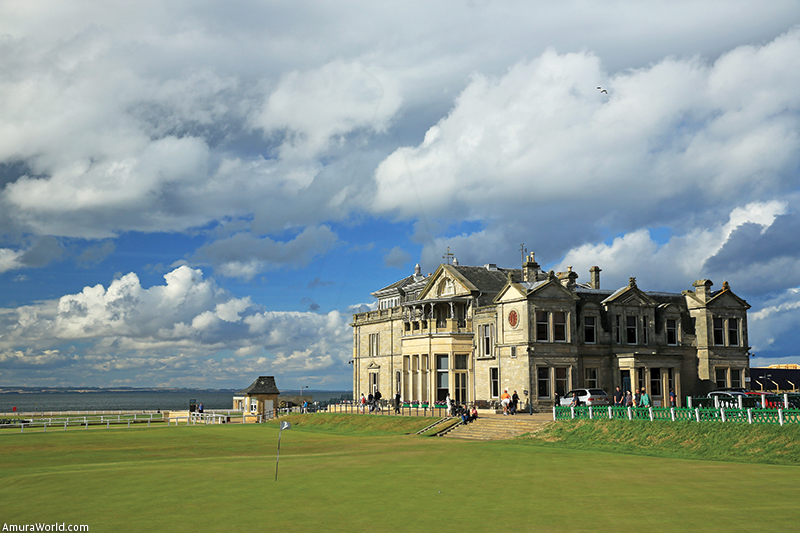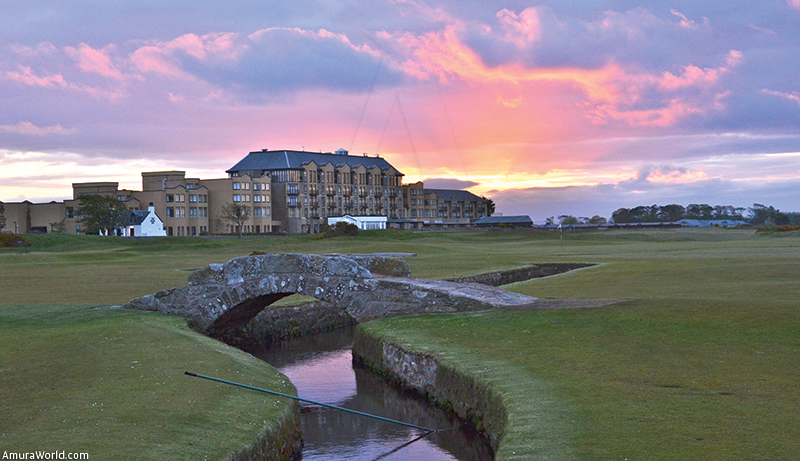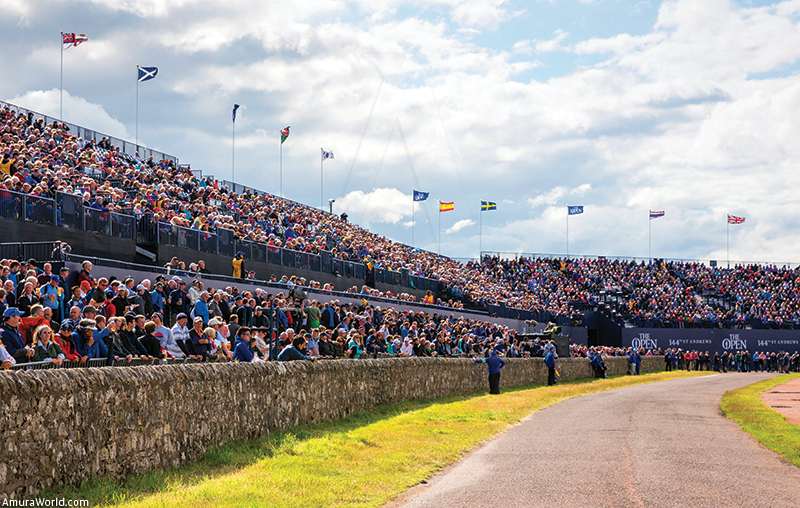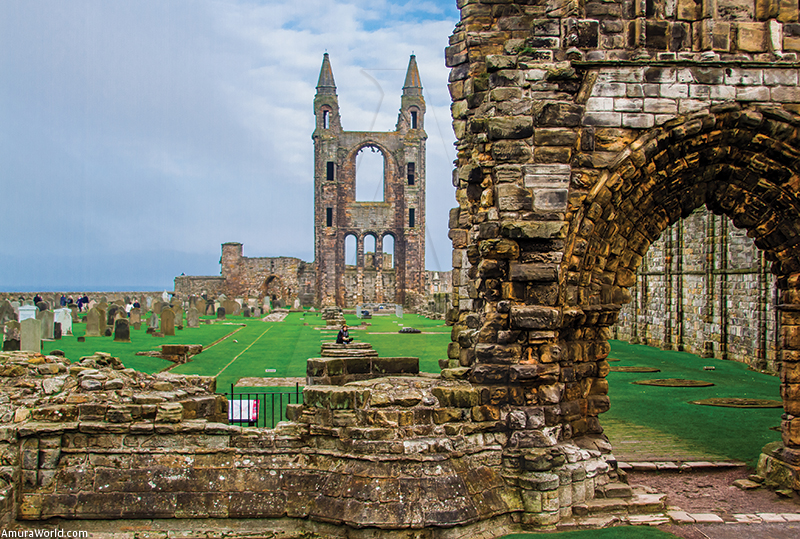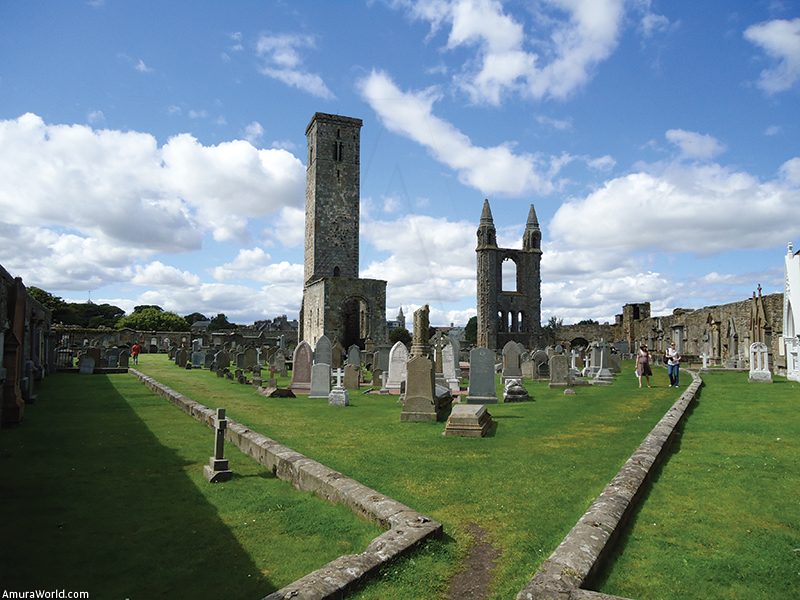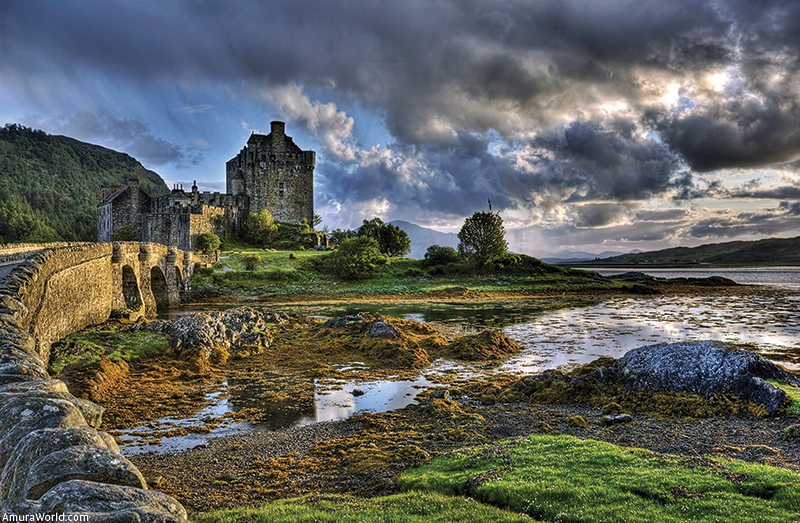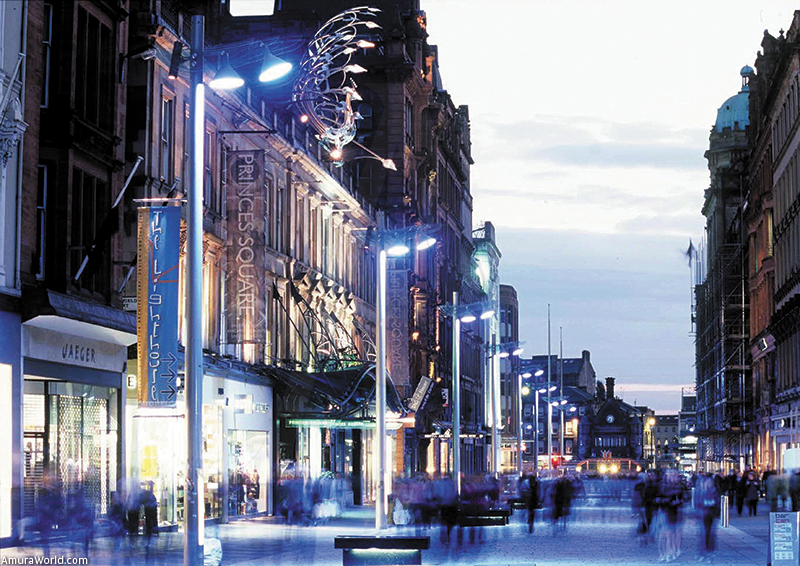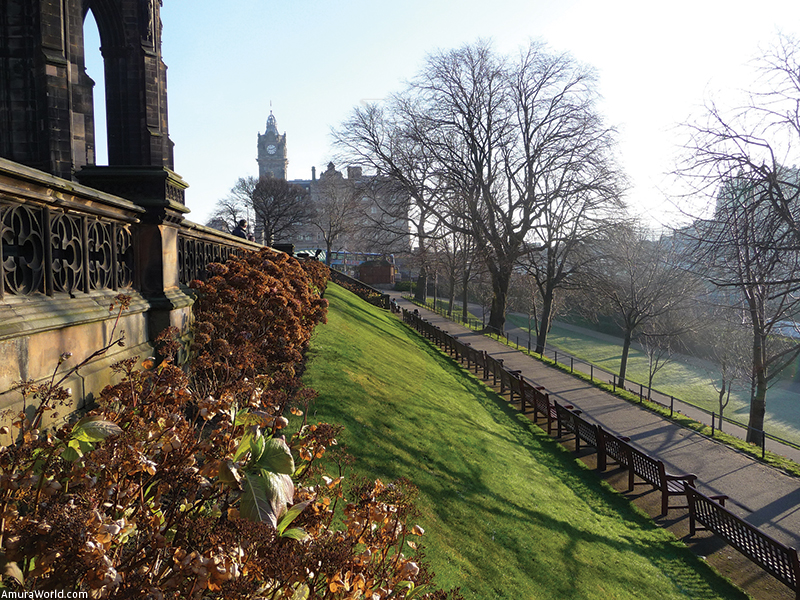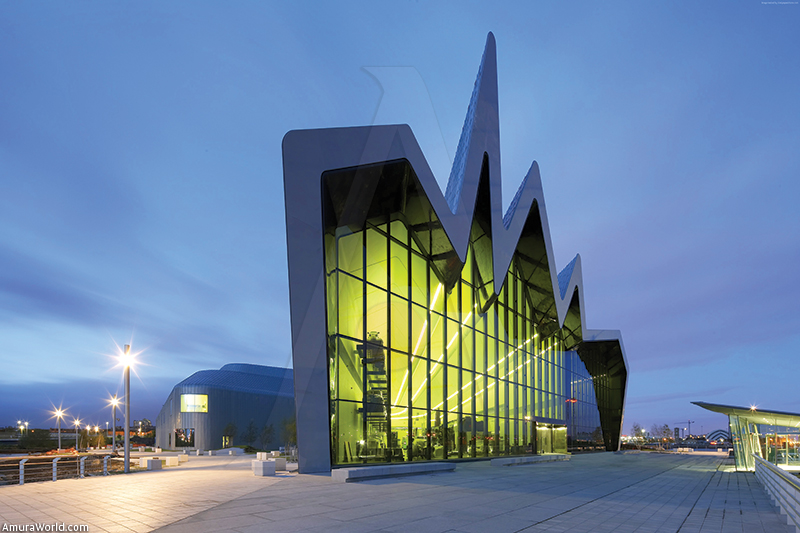Legacies of history and golf for the world.
If there is one thing that defines Scotland, is golf – indeed, that, and a life and history entwined with the sea. St. Andrews is home to a fabulous collection of historical legacies. The North Sea is just beyond the shore, and it’s aroma impregnates the landscape, the cathedral, the castle, the university; they all reach for it, full of romanticism. St. Andrews, a place where, just over the hills lies the most legendary golf course of all: the Old Course. For the Masters it’s an honor to play here, in the authentic birthplace of golf.
A history of religious wars weaves itself through the corners of the cathedral and the castle, where the invaluable relics of Saint Andrew, patron saint of Scotland, rest. The city takes its name, of course, from the arrival of these relics in the IXth century. Furthermore, the remains of Saint Andrew were taken to the ancient site of Kilrymont, which transformed the city in a religious capital inside the Kingdom of Alba, later known as Scotland.
The castle, as well as the cathedral, were built in the XIIth century, a time in which the political, social, and economic development of this land was flourishing. Thousands of devoted pilgrims would arrive to the city of St. Andrews to admire the relics, making the city a focal point of the Kingdom. Later, in the XVth century, the first university in Scotland—and third in the United Kingdom, after Oxford and Cambridge—opened it’s doors. Since then, all further constructions are in some way linked to the university, and thus its legacy extends well beyond that of the campus itself.
The XVIth and XVIIth centuries transcend the Scottish Reformation and the Wars of the Three Kingdoms, a time where the streets were filled with rebellions and battles that suppressed the religious powers, and changed forever the vision of the Scottish people.
Birthplace of golf, a tradition that endures
During the XVth century, the Scottish people were playing golf, and it was in the Old Course that the rules for this noble sport were set. King James II outlawed the sport soon after, considering it a distraction from archery amongst his soldiers. Nevertheless, Mary Stuart also practiced it, as well as hunting and horse riding. It is a paradox that Scotland is the second country with the most golf courses in the world, after Iceland. Hoever, it’s golf courses are legendary. Today, golf events in Scotland include the revered British Golf Open, as well as smaller tournaments for players of every rank. This makes the Scottish population a much more concious community of this sport’s values.
This has significantly raised the profile of golf amongst the population, who enjoy unique experiences when playing in their communities.
According to historical data, the sport began to be played at Old Course in the XVth Century, and from hence, six more courses have been added,—the last one inaugurated in 2008— together they are known as the “links of St. Andrews.”
These seven fields maintain their public domain as when ruled by the city authorities in 1552. The links, located along the coasts, are known for their dunes and rolling terrain, sandy patches and abundant bushes, another peculiar aspect is the lack of water traps and trees.
Throughout it’s 550 courses, links such as St Andrew, Turnberry, or Muirfield are where most of the older tournaments are held. At times, local 9-hole games as wall the classic parkland and heathland games are held.
These fairways that border the coast are also known for their dazzling views. Amongst these, Machrihnanish stands above the rest, it’s one of the few courses with natural obstacles, such as the cattle that trims the green. Another site boasting inspiring views is The Carrick, on the shores of Loch Lomond, or Banchory field, near the Dee River, which is also used as a water trap.
Golf is a national pastime in Scotland. You can spend an entire afternoon playing on the links of Machrie, on the Ilse of Skye or test your skills on challenging courses like the Royal Dornoch which is surrounded by truly mesmerizing Highland scenery. For it’s part, Gleneagles is a five-star complex near the PGA Ceneteray Course, it’s also well worth the time to admire the Perthshire landscapes.
It’s believed that the links could have served as hideaways for the original golfers who, during the time the sport was banned -from 1457 to 1502- because people searched for a field in which they could play without sanction. The sport, along with football, was said to be outlawed by the Crown, who felt obligated to do so as the soldiers were being distracted from their duties and because the port had reached a level of great popularity. After all, battles were still being waged across the Kingdoms.
Furthermore, it was said that it was on the links where the rules were developed for the sport as we know it, and that holes and poles were used as targets, this given the lack of natural marks that had to be reached with the ball. This early version of the sport would be similar to kolf, a version played in the Netherlands, and one that was deemed dangerous as it was played in public spaces, for example on church’s courtyards.
The Crown’s and clergy’s animosity towards the game over the course of the centuries drew such ire that it prompted a rebellion on behalf of Mary Stewart, who was accused by political enemies of playing golf immediately after the execution of her second husband, Lord Darnley, in 1567. A referent for this is found in the historical documents that indicate that Mary had partaken in a sport that was deemed unsuitable for women.
Although the true origin of golf—where, when, and by who it was played first—is a hotly debated issue, the wide range of documents found in Scotland in which the sport is openly condemned, or outlawed, points toward Scotland as the place where the sport was born.
“I believe that [the mystery surrounding the origin of golf] will never resolved,” says Lauire Rae. “In the Middle ages, golf was one of the many games that involved clubs and balls, not only in Europe, but in Asia as well. Hitting a ball with a club was not an unusual idea.”
The sport is remarkable for maintaining its essence, for the better part of four centuries it has remained untouched. The rules have been expanded, sure, and they have become more complex due to the game becoming more competitive. Yet, it’s unsoiled lineage is what makes the British Golf Museum at St. Andrews a main attraction.
This museum tells the story of the very first professional golf players who, were far from being nobles, but in fact artisans and blacksmiths who made their own clubs and balls during the first half of the XIXth century. On display you may admire samples of leather golf balls stuffed with feathers—whether of geese or hens—made by Allan Robertson, a man considered one of the pioneers of professional golf. These were followed by gutta-percha balls, made from the latex derived from Malaysian trees, and which eventually were favored over the costly stuffed balls.
A ball made by an inmate during the Second World War, along with golf clubs produced in South Africa with recycled iron and wood are some of the other ingenious objects on display.
The British Golf Museum at St Andrews is under renovation at the moment, but will allow visitors to experience its refurbished premises, along with the historical and fascinating objects by next year.
St Andrews Links
Old Course 18 holes
New Course 18 holes
Jubilee Course 18 holes
Eden Course 18 holes
Strathtyrum Course 18 holes
Balgove Course 9 holes
The Castle Course 18 holes
Royal Ancient Golf Club and the Old Course
The R&A is the supreme golf authority in the world, as well as being the most prestigious club. Nonetheless, it’s neighbor, the Old Course, is an institution by itself, representing to some the very finest course on Earth.
On the Old Course, transcendental figures from every time and every corner of the world of golf have expressed their sheer admiration for it. What is indisputable is that it has been the longest-serving field, since immemorial time periods.
“Winning at St. Andrews was the best,” were the words uttered by Tiger Woods in 2000 when he received the Claret Jug, a silver cup that is given to the winner of the British Open, one of the four most important tournaments in the international male circuit. The American golfer scored another victory at the Old Course in 2005 when the British.
Open returned to the city
The emblematic Swilcan Bridge has become one of the most recognizable elements of the St Andrews links. Located at the Old Course, it’s a small Roman arc that was built seven centuries ago to allow the passage of shepherds and herds. The bridge, which leads to the 18th hole, is the icon in which winners of the British Open pose for pictures.
If achieving a victory at the British Open is a great success for any golfer, winning it at St Andrews elevates that success to its maximum, given the legacy of the course. Some of the best golfers in history have won in St Andrews: Tiger Woods (twice), John Daly, Nick Faldo, Severiano Ballesteros, and Jack Nicklaus (twice), to name a few.
University men who left a mark
The university of St Andrews and golf are interlaced; they make this place what it is. Founded in 1413, it now boasts 7,200 students amongst it’s ranks; they wear the emblematic red gown of the academy.
Amongst the students of St Andrews, there are some who became not only essential for Scotland, but for the rest of the world as well.
John Napier and his algorithms; James Gregory in the mathematical and astronomy fields; the research led by Sir James Colquhoun Irvine on the molecular structure of sugars; Sir David Brewster’s photographic leaps; the poet Robert Fergusson, to name just a very few.
It is well worth mentioning that the philosopher—and Dean of the university in the XIXth century—William Knight, who succeeded in 1877 to include the first education program for women, bearing it’s own title: “Ladies Literate in Arts” This made it simpler for women to continue their education, and to take the exams required to earn a Master’s degree.
Saint Andrews Cathedral and Saint Rule’s Tower
According to legend, Saint Rule himself brought St Andrew’s relics back from Greece. In 1124, St Andrews was named a Royal City (Royal Burgh), and three centuries later it was consecrated as an Archbishop. It’s well worth taking a stroll through the thousands of headstones that dot the cemetery grounds.
From Saint Rule’s Tower, you can enjoy a better view of the city. The museum features several archaeological curiosities and medieval religious art that is most appreciated up close.
St Andrews Castle
The landscape surrounding the castle is unique, and it’s located near the shore. It used to be a refuge or home for the cathedral’s bishop, and it is now an attraction due to it’s complex system of tunnels, which served as hiding places during a siege or an uprising in the city as the religious wars in Scotland unfolded. The tunnels are now well lit, and visitors are allowed to explore them freely. In the XVIth century, St Andrews was witness of the most furious battles, being the religious capital, the castle was soon invaded by Reformists, who murdered Cardinal David Beaton.
A stroll through the city
The Scores is a street that runs parallel along the coast, which takes on from the cathedral to the Old Course. Along this trial, one can admire the ruins of the castle, the North Sea, the church, the monument of the martyrs, the museum of the university, and the West Sands beach.
On South Street, we find the cathedral, West Port—which is the entrance to the medieval city—Town Hall, Madras College, and various businesses.
On North Street are the San Salavador buildings, the college, the church, and the tower. For its part, Market Street is a main road, and it’s filled with shops, where a strong Victorian undercurrent can be detected.
St Andrews picturesque white beaches and dunes have served as sets for films such as “Chariots of Fire”
Not to be outdone, the Sea imposes itself on the city, and as ancient as the University might be, the Sea has seen it all: the university’s foundation, it’s near destruction and its renovation. The Sea will forever be relevant to Saint Andrews, as Saint Andrews will forever be relevant to the world.
Text: AMURA ± Photo: © Visit Scitland / COMYR / SCOTLAND KING / BHOWIE / COLLETTE SAM / WORD SCOTLAND / ANABEL BLOF / WPD / rob ert / LUXE TRAVEL / GLOBES POTTING / JHON SCATE / BLIILAZ / ESCOCIA MISTERIOSA / ETHAN BURG / GOLF TOUR / WANTES GOLF / TODAYS GOLFER / DAILY RECORD / VISUALLY STEVEC / cloudfron / MSTARZ / BECCA WILLLIAMS / PIXEL SANDS / travel MUSEUM / BALDI / STAAG




